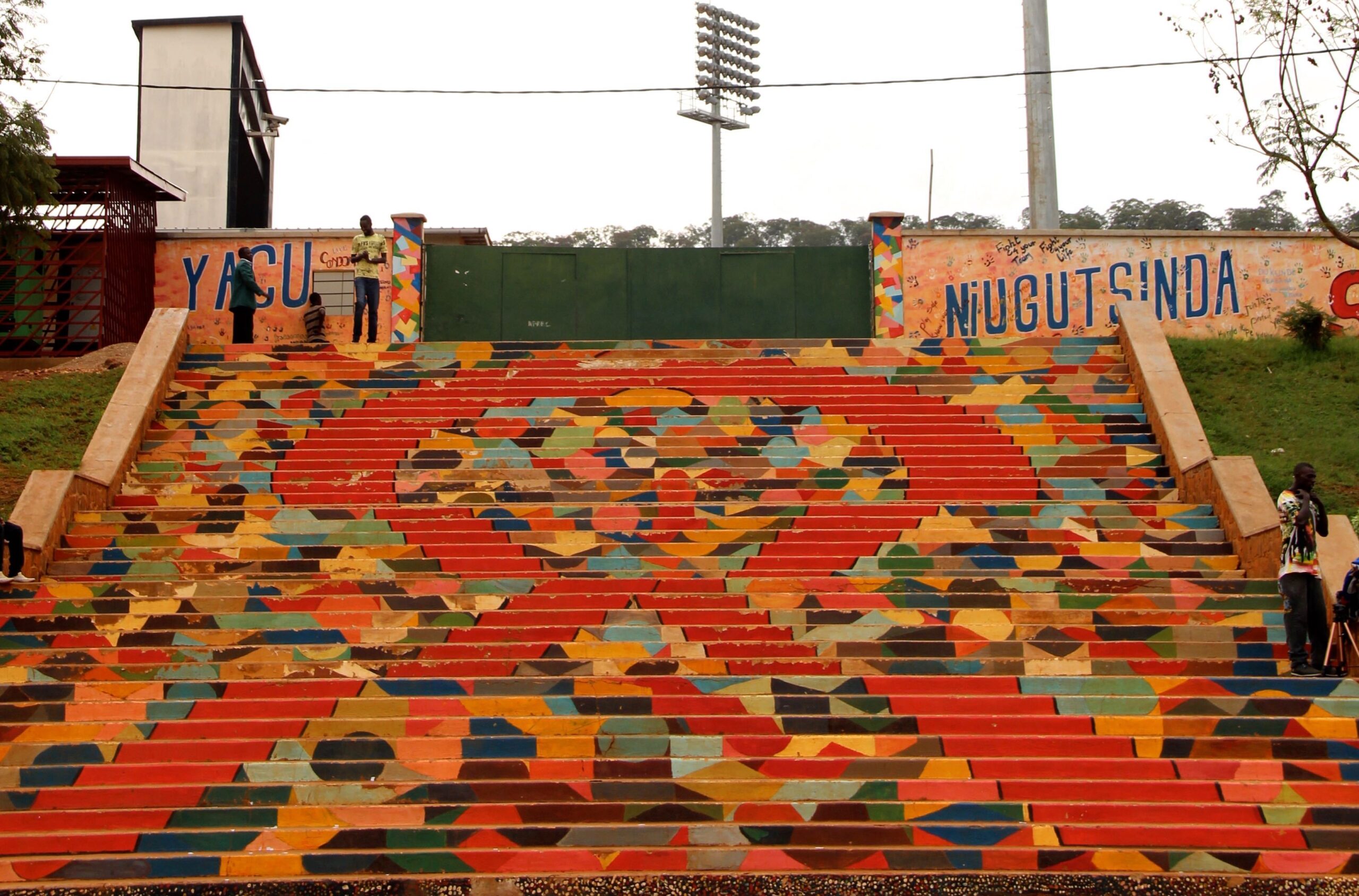
Recognising the arts’ potential to connect individuals to their localities, and to each other, many communities around the world have used the medium as an innovative communications tool.

So it is that a group of Rwandan artists are now using their work to re-shape the urban landscape of the capital, Kigali. Their participation in thriving public art projects is a reflection of the increased cultural awareness and growing civic engagement that can be seen throughout the country.
“Kurema, Kureba, Kwiga” – to create, to see, to learn – is a Kigali-based social enterprise, supporting such projects in Rwanda. By bringing together government and artists, public and private sectors, to create something of shared value, the group is successfully designing opportunities to bring arts to the streets, and engage more people in the arts in untraditional and unexpected places.
Kurema’s founder and director, Judith Kaine, has played a pivotal role in facilitating art in the public realm. In her work, positivity, flexibility and a can-do attitude are essential in getting things done – especially when confronted with complicated administrative processes which involve permitting agencies, different stakeholders, and limited funding sources.
The key to the social enterprise’s work is a participatory and collaborative approach: it involves local communities not only in the planning, but also the creation of the artwork. This brings the art closer to the people, makes them understand its messages better, and thus increases its potential as a vehicle for positive change. So far, Rwanda has seem a spate of new murals which promote reconciliation and address stigmas, such as the ones around HIV and AIDS, and positive living.
Isakari Umuhire, a contemporary Rwandan artist who works with Kurema, admits sharing similar values with the public arts enterprise. “We both want to take the arts to the next level,” he says.
His fellow citizens do not know much about contemporary arts at present, he argues. “Instead of having the paintings stuck in galleries and studios that not many people visit, with Kurema’s support, we can bring our art to the public and raise awareness.”
The public art scene is relatively new in the country, Kaine says, and “because we are doing something new and unexpected, there is always going to be a challenge of matching supply with demand.”
Improving the quality of that supply is key – and Kurema is working hard to build increased demand for such a product, too “This translates into pushing the artist to go further and try to really inspire people to see that there is value in art being in your everyday life and public places,” Kaine says.
 There are many among this new generation of Rwandan artists who use their art as a vehicle for positive change, challenging conventional wisdom and trying to have a lasting impact on their communities. They are talented, ambitious, often self-taught, and ready to engage in international dialogues and cross-cultural exchanges.
There are many among this new generation of Rwandan artists who use their art as a vehicle for positive change, challenging conventional wisdom and trying to have a lasting impact on their communities. They are talented, ambitious, often self-taught, and ready to engage in international dialogues and cross-cultural exchanges.
 Their art remains somewhat misunderstood; their market limited. But regardless of all this, Rwandan contemporary artists happily gather in Kigali’s busiest neighbourhoods to see their visions materialise. Their stunning murals embody the idea that public art with a strong message can help in sharing information of great importance in a creative way – all the while adding vitality to the city landscape.
Their art remains somewhat misunderstood; their market limited. But regardless of all this, Rwandan contemporary artists happily gather in Kigali’s busiest neighbourhoods to see their visions materialise. Their stunning murals embody the idea that public art with a strong message can help in sharing information of great importance in a creative way – all the while adding vitality to the city landscape.






